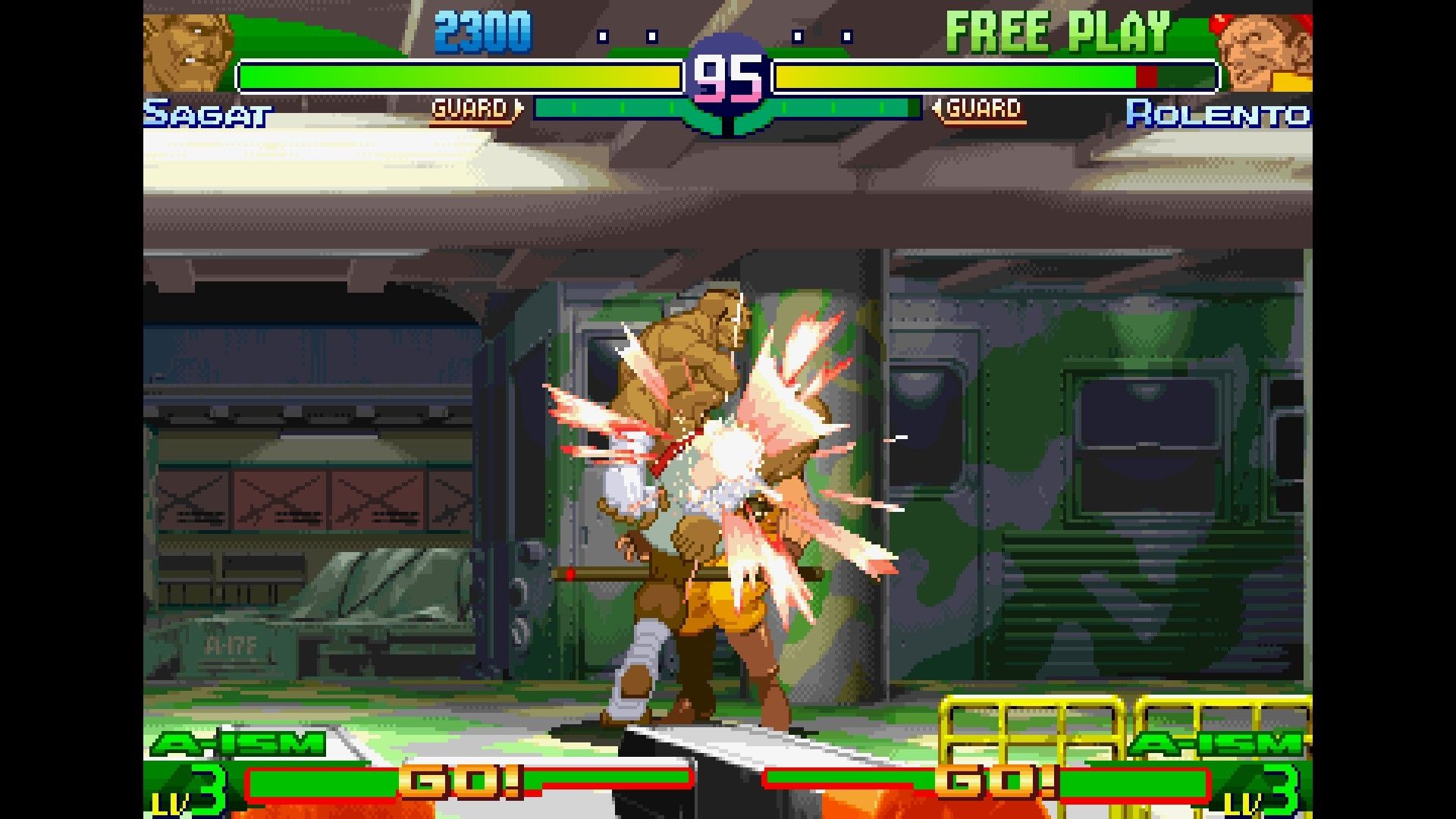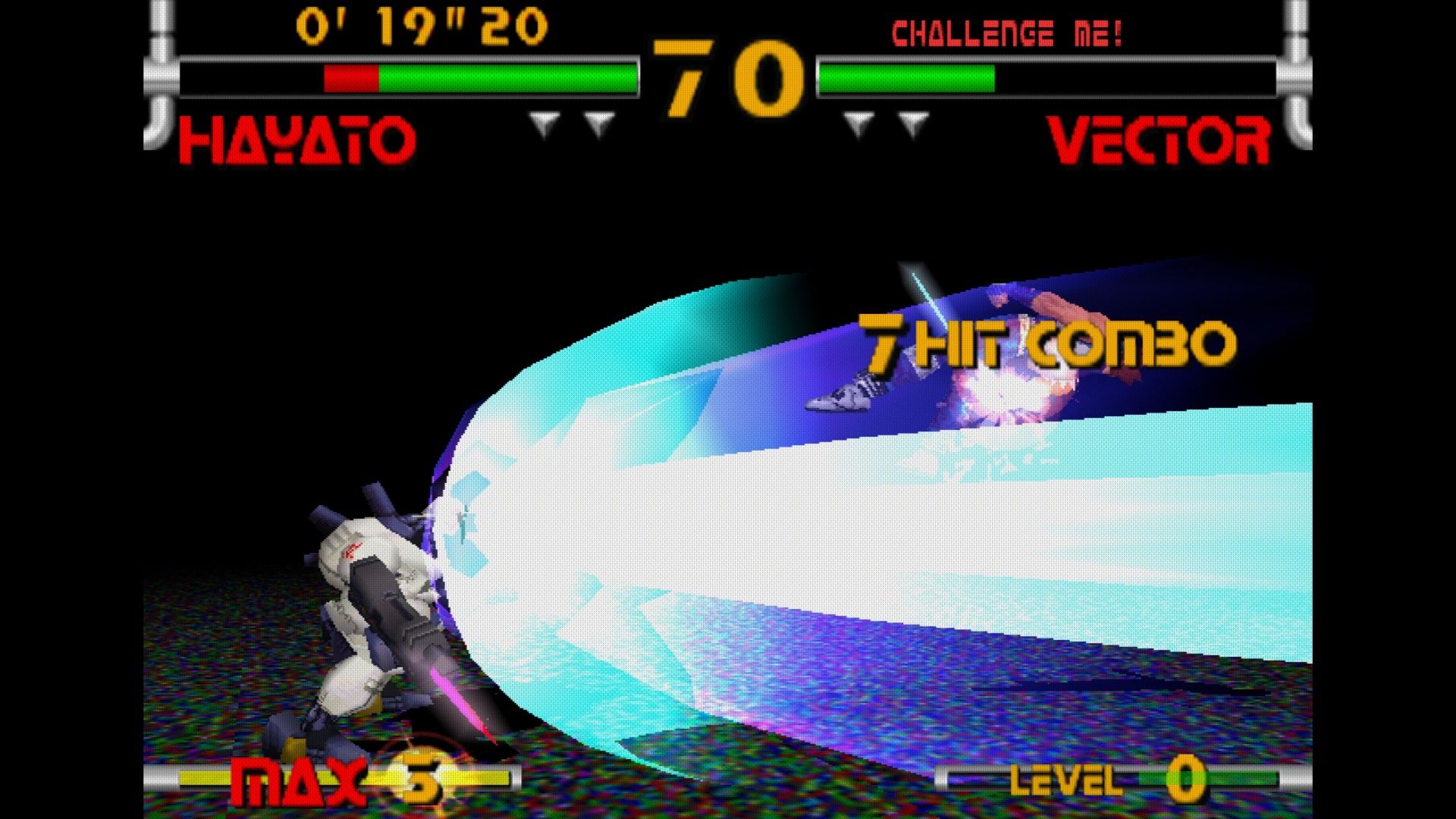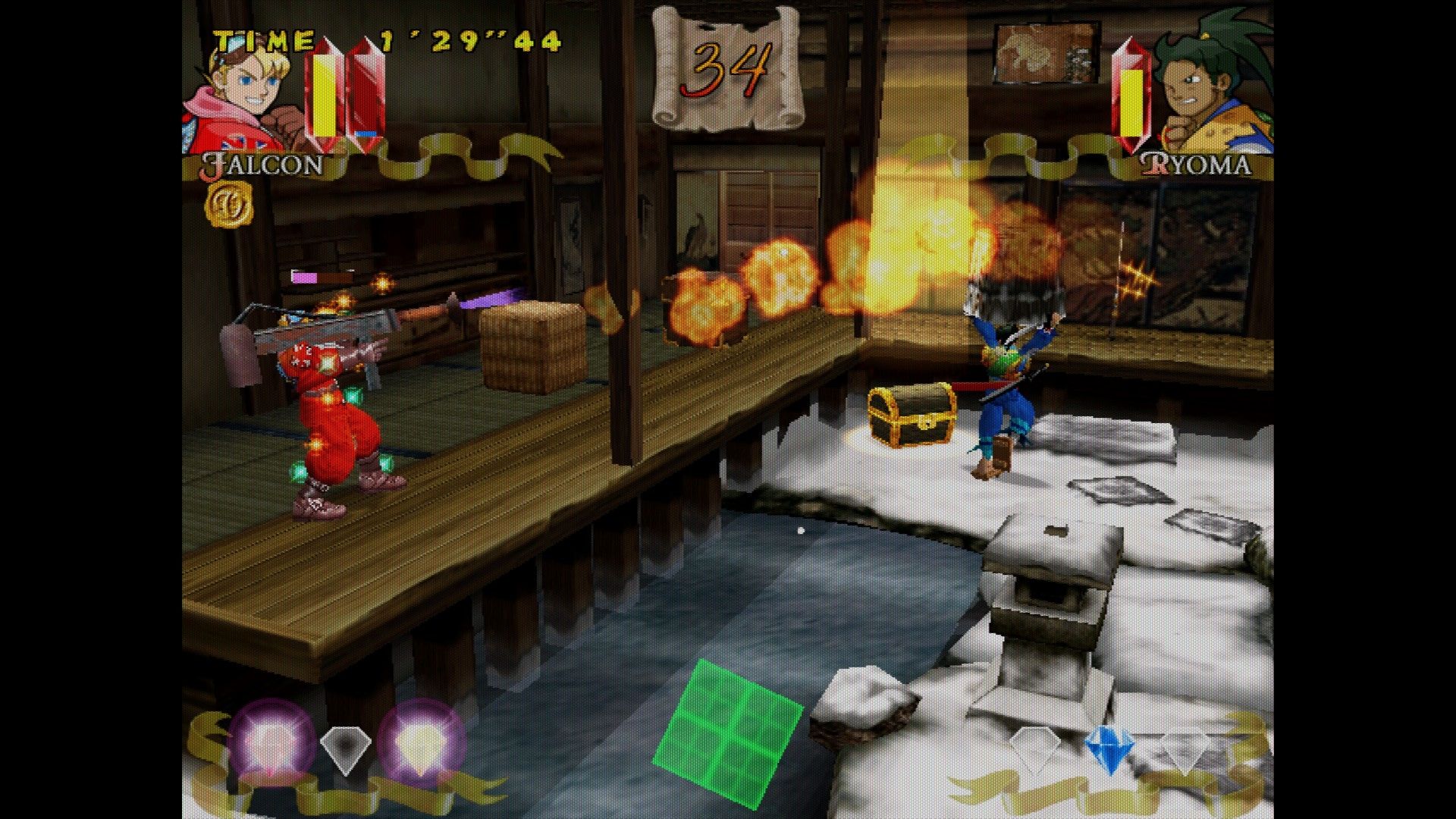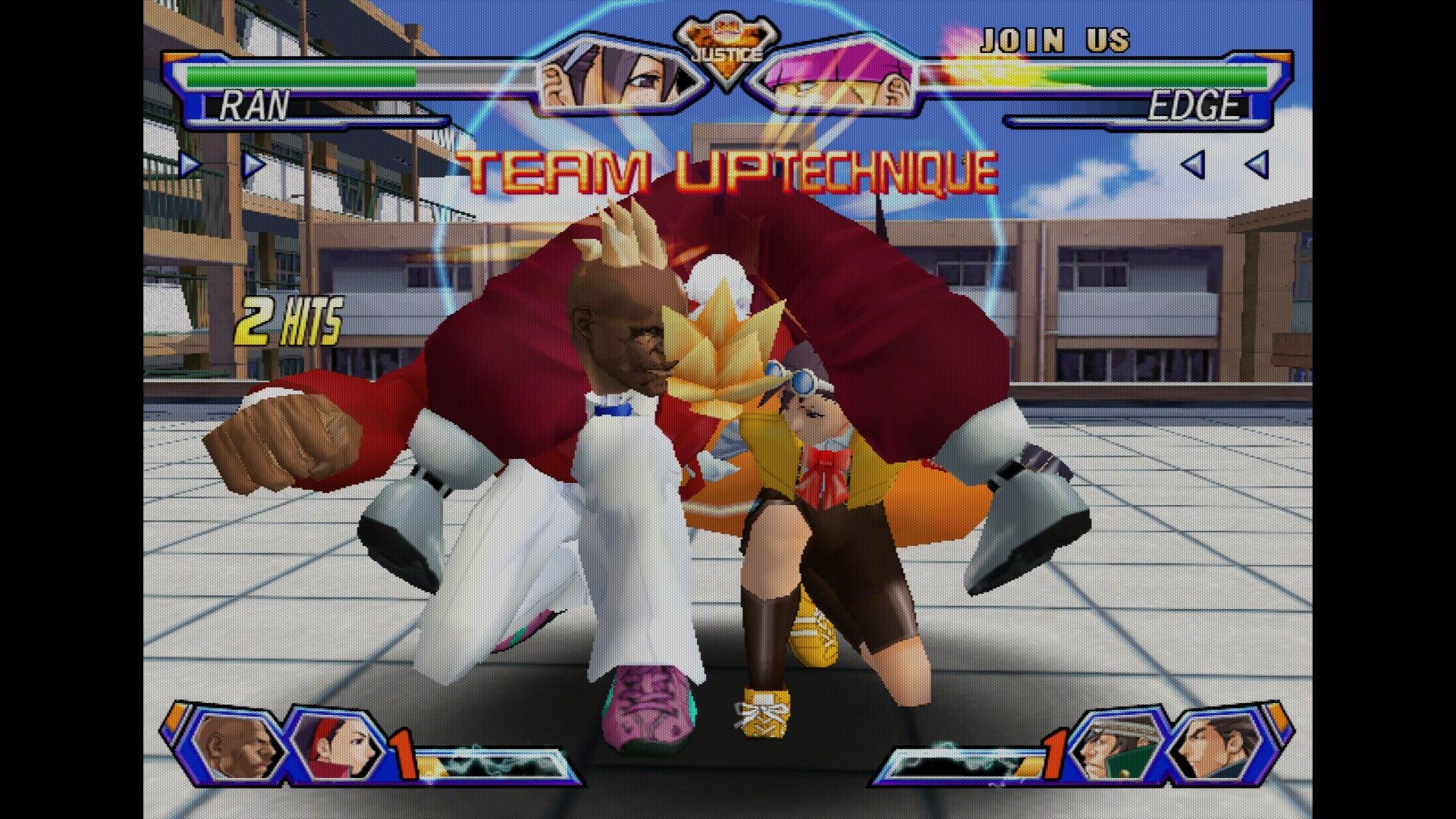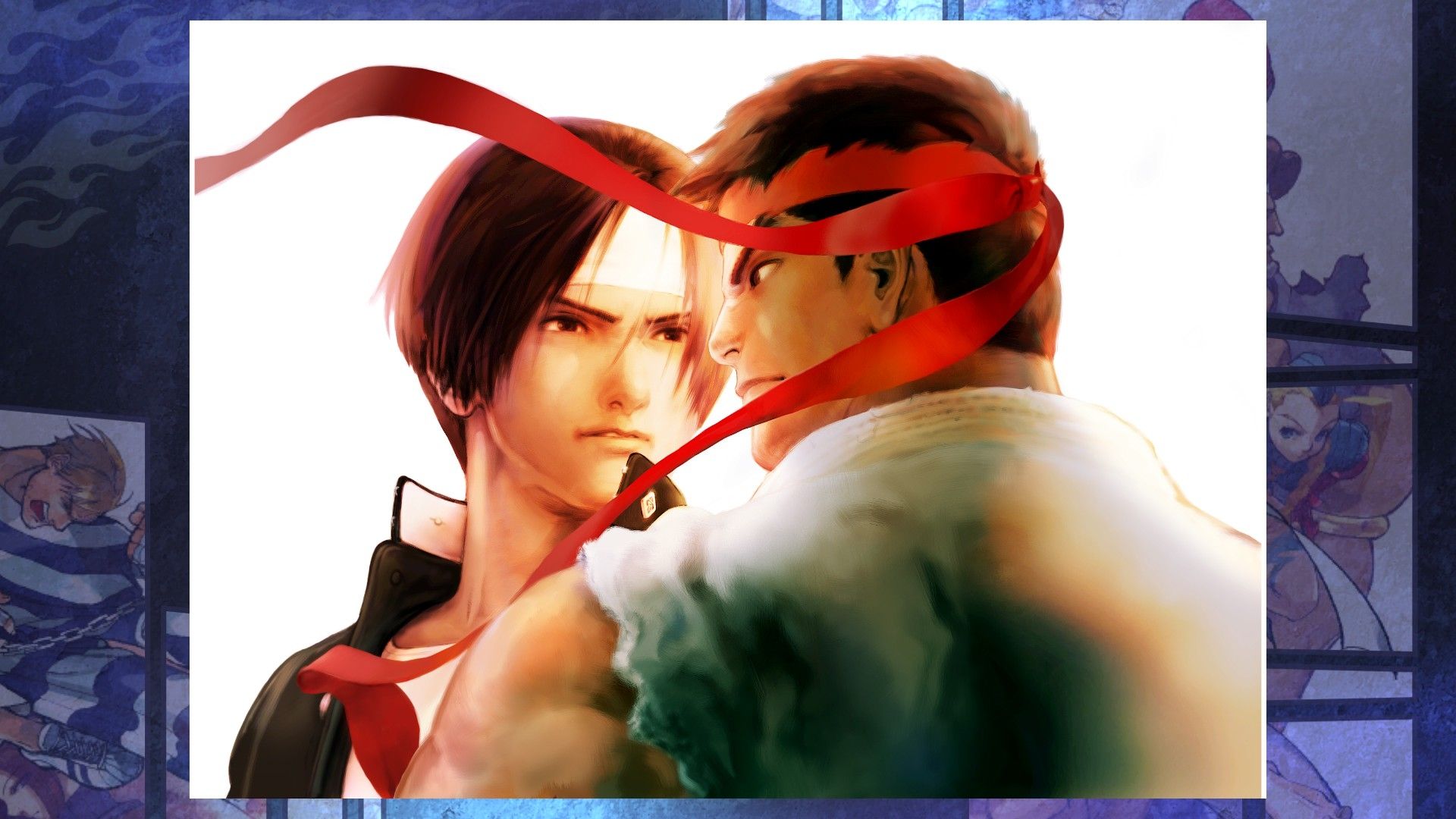Capcom Fighting Collection 2 is a Must-Play

We took a look at Capcom Fighting Collection 2
recently
and in that time, our enjoyment of it has only grown. Like the prior two Capcom Fighting Collection entries, this second non-Marvel entry focuses on the breadth of Capcom’s fighting game releases, with a particular focus on the late ’90s and early ’00s. It’s a time that felt like another era of rebirth for both Capcom and SNK while highlighting 2D fighting games in new ways thanks to crossover titles and newer hardware allowing for polygonal titles and 3D titles to coexist. That aspect of the industry is somewhat lost to time as it’s thought that 3D eradicated 2D games for a while, but as this collection shows, that wasn’t the case.
Capcom Fighting Collection 2 serves as a well-crafted and carefully curated museum of gaming history from a time that was highlighted with great creativity in an industry that has lacked it in various eras and that shining light is bright here with the sheer variety offered up showcasing just how much creativity could be packed into a single genre in that time period. Within a mostly three year stretch represented here from 1998 through 2001, with one exception being 2004’s Capcom Fighting Evolution, you get a sci-fi fighter in Plasma Sword, two 3D four-player fighters in Power Stone 1 and 2, both Capcom vs. SNK games, the second Rival Schools game Project Justice and Street Fighter Alpha 3 Upper — the final arcade revision of one of the SF franchise’s finest games. The included games are all high-quality and the only oddity is not including Star Gladiator or Rival Schools alongside the respective franchises’ second game as they’re franchises that don’t get much love in the way of merchandise or re-releases and this would be a great way to get a low-key collection out for it, much like the first Capcom Fighting Collection was for the Darkstalkers series.
It’s a testament to the ability of Capcom’s development teams that these 20+ year old titles play as well as they do because each one provides a smooth experience and the variety allows games that would have been lost to time otherwise to get another chance. Plasma Sword is such a game and is one that received a reasonably-hyped DC release, but once that system faded, so too did any regard for the game. In playing it now, it’s remarkable how much it feels like a blend of Street Fighter mechanics with Fighting Vipers-esque counter systems and SoulCalibur weapon usage. The character roster is diverse and the gameplay is fast and fluid. The fast-building super meter is interesting too because it keeps you on your toes at all times.
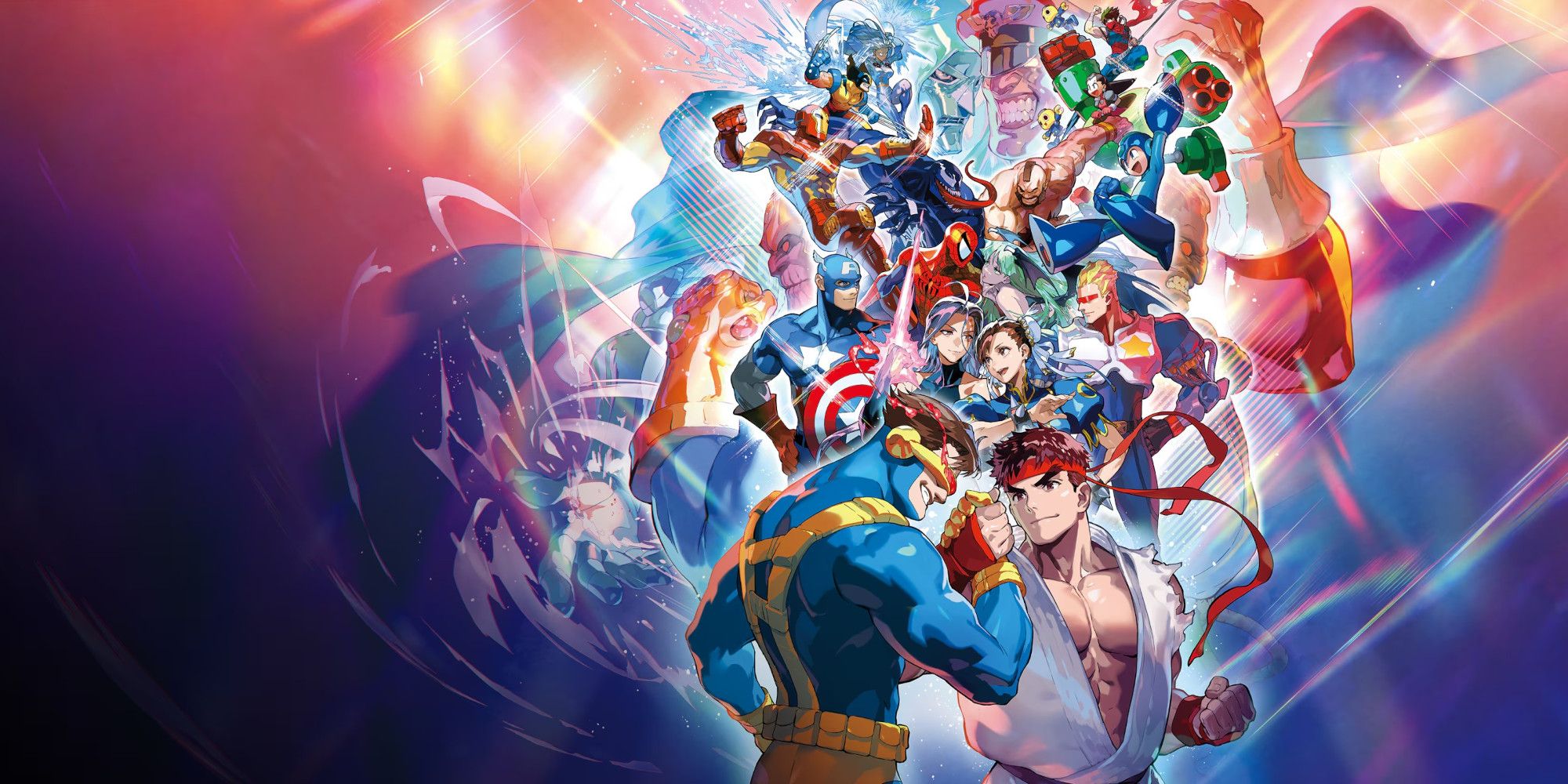
Related
Review: Marvel vs. Capcom Fighting Collection: Arcade Classics
Marvel vs. Capcom Fighting Collection: Arcade Classics brings six mutant-filled fighting games and one punishing beat ’em up to modern platforms.
It’s an early example of a spectacle fighter with a sci-fi twist to it and one that stands out not only in this collection, but in Capcom’s library because there are so few really out there. This came out after the disastrous Star Wars: Masters of Teras Kasai fighting game that showed a market for a sci-fi fighter existed, but the foundation needed to be stronger and Plasma Sword offered up just that while delivering a cast that wouldn’t have been out of place in a big sci-fi franchise. The 50/50 blend of weapons and hand-to-hand combat offered up is also done in a way that stands out even when compared to SoulCalibur since the settings are so different and it would be interesting to see another crack at this kind of game again since there’s still nothing else really like it out there.
Plasma Sword Slash
Capcom Fighting Collection 2 serves as a well-crafted and carefully curated museum of gaming history
Both Capcom vs. SNK games included here (and not SNK vs. Capcom — that was a separate SNK-developed release) mark the completion of that entire crossover era’s games getting re-released for modern hardware. It took 25 years, but thanks to the Neo Geo Pocket Color collections, the SNK vs. Capcom re-release, and now this, all of the games from that era are playable once again. Capcom vs. SNK as a gaming rivalry was rooted in Street Fighter anyway as Takashi Nishiyama and Hiroshi Matsumoto split off from Capcom to create Fatal Fury and Art of Fighting — two franchises that led to the King of Fighters series skyrocketing SNK’s popularity and was something of a dream game that no one expected to see the light of day.
The end result for both games was a finely-tuned fighter with a team mechanic added in that allowed for dream matches to take place across several franchises in a single fight. Players can have Ryu face Billy Kane or Ken battle Geese Howard all within a single fight thanks to it being a team of fighters in the battle. The original game was a crossover dream fight simulator and the second revamped things with more kinds of super move styles available across both companies while also changing the game with the EO system to make an Easy Option available for doing special moves. Twenty years before accessibility was a big part of gaming, Capcom created a system to allow specials and supers to be done with a drastically-reduced number of buttons with mapping here allowing for single-button specials and supers to done with a few button presses instead of long directional inputs and button combos. It was a revolutionary feature and one that was maligned in its day, but is now seen as a beloved early indicator of accessibility gaining traction in game design.
The Power Stone franchise lives forever thanks to this collection and it’s a fascinating look at how experimental game design was in this era. The original was a one-on-one fighter with a fully-explorable 3D world and a kaiju element in the mix thanks to the titular power stones granting the player or their AI rival the ability to transform into a super-powerful version of themselves. Both the unpowered and powered version of a character could use items around the world to do things like twirl around a pole to kick or blast a foe with a bazooka if you so desire. In its time, it was given grief for having too much going on at one time, and that’s true still thanks to all the visual effects on display, but it’s a far more measured fighting experience than the sequel, which is a different brand of insanity while also being similar.
The phrase bigger is better applies to many things in life, and that mantra lives hard in Power Stone’s design as fights go from one-on-one to two-on-two and it’s an all-out assault. The first game was prone to being too extreme for the eyes and the sequel ups the ante with twice as much mayhem on-screen at once and a more zoomed-out perspective. The ever-changing stages impact things too as they’re always being destroyed or shifted around and you can’t stay still for a few seconds. It’s very much the original game taken to 11, with all the pros and cons that it entails. When it comes to replaying them, the original would be my personal favorite, while the sequel is a better party game due to how much craziness happens at one time.
Serving Justice with Muscle Busters
Project Justice is another team-based game but it goes through a one-on-one format with team attacks available. It’s very much a polygonal game in the Street Fighter II style in a school setting and a more grounded storyline that actually gets a fair amount of depth covered in it for the arcade version included here. The silly characters would have been right at home in an anime and it’s surprising that there was never an OVA released during this timeframe because the setting and cast fit it perfectly, but this follow-up to Rival Schools United by Fate looks far better than that original game did while also playing smoother. Of the included titles, it’s one of the stronger in terms of being a hidden gem and also being a lot of fun to play today.
Street Fighter Alpha 3 Upper is the definite and final arcade release of what some feel is the best Street Fighter franchise game ever. It’s one of the most company-compassing incarnations (until the latter-day entries included characters from across the Capcom universe in their narrative) and tightens up the core gameplay with minor revisions while adding in more characters that weren’t in the original release. It’s a great example of fine-tuning being beneficial for an already-classic game and it marks a rarity in the Street Fighter series while also giving this collection a full-fledged Street Fighter game in its lineup.
Closing Comments:
As a piece of history, Capcom Fighting Collection 2 is a must-play for anyone who missed out on the late ’90s/early ’00s era of fighting games and especially those who lived through it. It combines so many kinds of games together within a single genre that its breadth is impressive even if its scope is “just fighting games.” The archival images and soundtracks are also fascinating and having access to so much high-quality artwork is a treat for the eyes and makes this another must-buy for fans of that aspect of the industry. Not every game here is going to be to everyone’s liking, and it’s a shame console-exclusive modes weren’t put in for everything, but it’s still an incredible collection of titles executed very well.
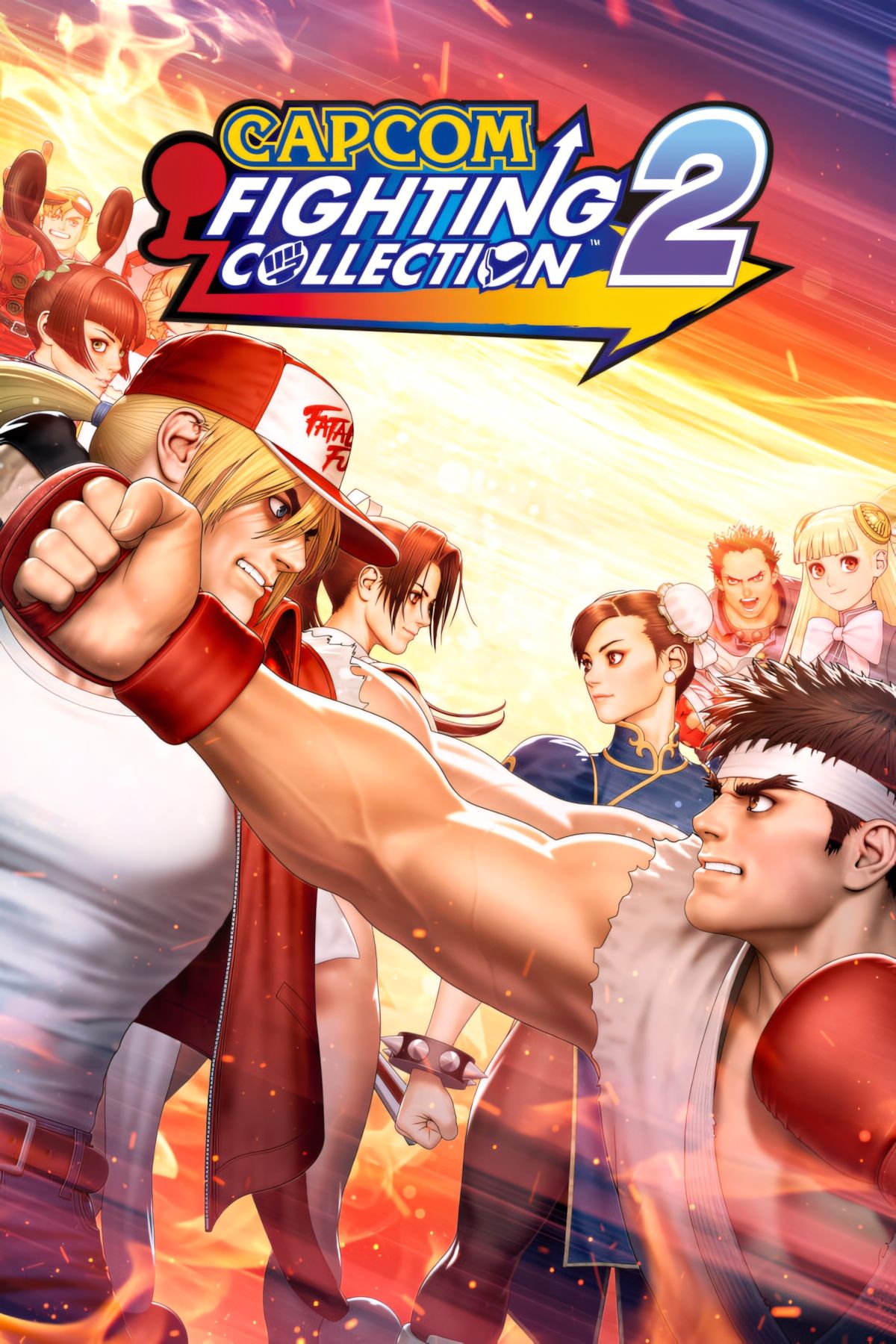
Capcom Fighting Collection 2
Version Reviewed: PC
- Released
-
May 16, 2025
- ESRB
-
Teen // Violence, Blood, Suggestive Themes, Use of Alcohol and Tobacco
- Multiplayer
-
Online Multiplayer, Local Multiplayer
- Cross-Platform Play
-
No
- Archive of many rarely-seen titles
- Large variety of franchises represented
- Many kinds of fighting games offered up
- Extensive archival material
- Lack of many console port exclusive features
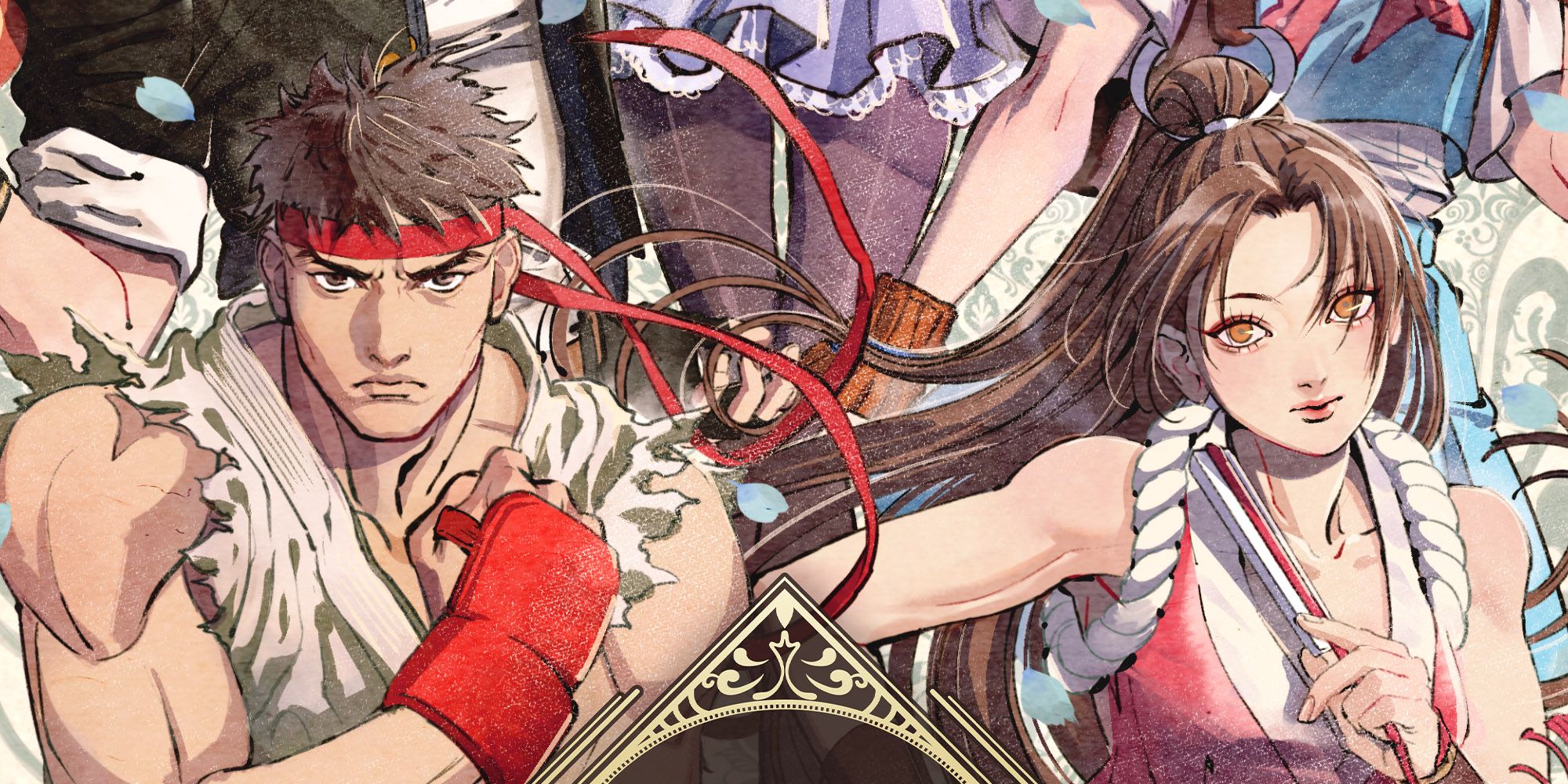
Next
Capcom Fighting Collection 2 Builds on a Remarkable Foundation
Capcom Fighting Collection 2 brings together a slew of more modern-day sprite-based and polygonal fighters from the company’s extensive archives.

